
Thin Film Deposition Parts
Hexagonal Boron Nitride HBN Ceramic Ring
Item Number : KM-D6
Price varies based on specs and customizations
- Material
- Boron nitride
Shipping:
Contact us to get shipping details Enjoy On-time Dispatch Guarantee.
Why Choose Us
Reliable PartnerEasy ordering process, quality products, and dedicated support for your business success.
Application
Boron nitride (BN) ring, also known as BN ring, is a high-temperature ceramic ring made of boron nitride material. It has the characteristics of high purity, low thermal expansion coefficient and excellent thermal shock resistance. They have a wide operating temperature range from room temperature to over 2000°C in air and can also be used in vacuum and inert gas environments. BN rings are highly chemical resistant and suitable for use in harsh chemical environments. Typically used in high temperature applications such as furnace fixtures, heat exchangers and semiconductor processing.
Based on the above properties, boron nitride rings are ideal for a variety of industries, such as:
- High thermal conductivity; thermal shock resistance and low thermal expansion
- Extremely high operating temperature with proper inert gas protection (>3000°C documented)
- Good heat resistance, thermal stability, thermal conductivity
- Excellent corrosion resistance and electrical resistance; high temperature dielectric strength
- Good chemical stability, can resist the erosion of most molten metals
- Low wettability to molten metal and excellent self-lubricating properties
Detail & Parts

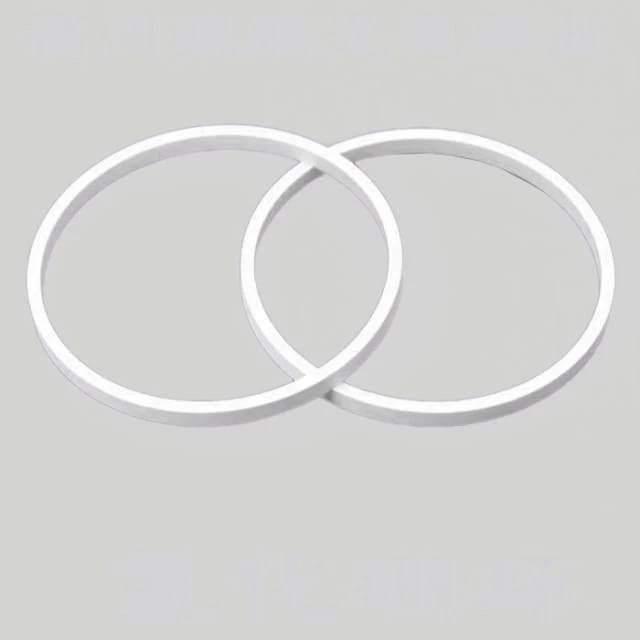

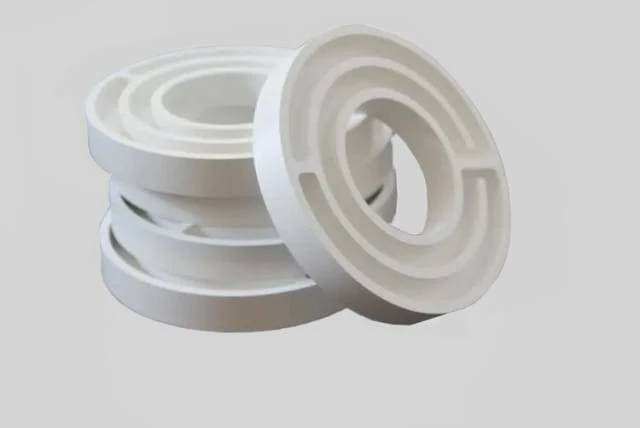
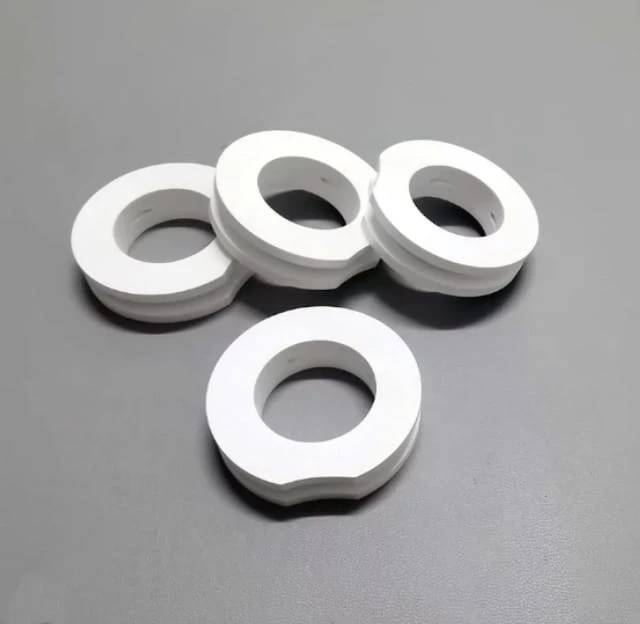
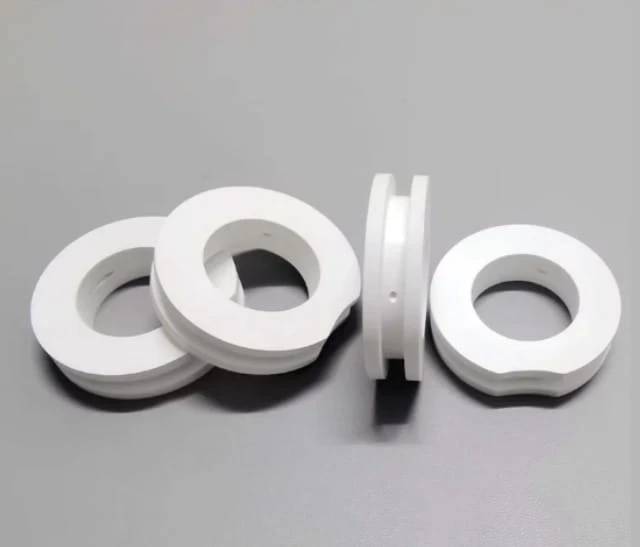
The products we display are available in different sizes and custom sizes are available upon request.
Advantages
- Non-ferrous metal metallurgical industry nozzle
- Insulator for high temperature furnace
- Horizontal casting machine brake ring
- Feed-in devices for high-voltage installations
- Boron Nitride Parts for Ion Implantation Equipment
- Crucibles for melting semiconductors
- High temperature container for metallurgy
- Semiconductor cooling and insulating components
- High temperature bearing
- Thermowell
- Glass forming molds, etc.
FAQ
What Are The Applications Of Boron Nitride Ceramic Parts?
What Are The Advantages Of Using Boron Nitride Ceramic Parts?
What Considerations Should Be Made When Selecting Boron Nitride Ceramic Parts?
What Manufacturing Processes Are Used To Produce Boron Nitride Ceramic Parts?
4.8
out of
5
I'm truly happy with the quick turnaround on our order. The HBN rings we got were high quality and exactly what we needed.
4.9
out of
5
The boron nitride rings are a great value for the price. They are well-made and have held up well in our high-temperature applications.
4.7
out of
5
We've been using the HBN ceramic rings from KINTEK SOLUTION for over a year now and have been very satisfied with their performance. They are durable and reliable.
4.8
out of
5
The HBN ceramic rings from KINTEK SOLUTION have been a great addition to our lab. They are high quality and have helped us improve the efficiency of our processes.
4.9
out of
5
I was very impressed with the quality of the HBN ceramic rings I received from KINTEK SOLUTION. They were exactly as described and met all of my expectations.
4.7
out of
5
I've been using the HBN ceramic rings in my lab for several months now and have been very happy with them. They are durable and have held up well under high temperatures.
4.8
out of
5
I was very pleased with the customer service I received from KINTEK SOLUTION. They were very helpful and responsive to my questions.
4.9
out of
5
The HBN ceramic rings from KINTEK SOLUTION are a great value for the money. They are well-made and have performed well in our applications.
4.7
out of
5
I was very impressed with the speed of delivery from KINTEK SOLUTION. I received my order within a few days of placing it.
4.8
out of
5
I've been using the HBN ceramic rings from KINTEK SOLUTION for over a year now and have been very happy with the results. They are a great addition to my lab.
4.9
out of
5
The HBN ceramic rings are a great product. They are durable, reliable, and have helped me improve the efficiency of my processes.
4.7
out of
5
I was very impressed with the quality of the HBN ceramic rings I received from KINTEK SOLUTION. They are well-made and have met all of my expectations.
4.8
out of
5
I've been using the HBN ceramic rings in my lab for several months now and have been very happy with them. They are a great value for the price.
4.9
out of
5
I was very pleased with the customer service I received from KINTEK SOLUTION. They were very helpful and responsive to my questions.
4.7
out of
5
The HBN ceramic rings from KINTEK SOLUTION are a great value for the money. They are well-made and have performed well in our applications.
4.8
out of
5
I was very impressed with the speed of delivery from KINTEK SOLUTION. I received my order within a few days of placing it.
4.9
out of
5
I've been using the HBN ceramic rings from KINTEK SOLUTION for over a year now and have been very happy with the results. They are a great addition to my lab.
4.7
out of
5
The HBN ceramic rings are a great product. They are durable, reliable, and have helped me improve the efficiency of my processes.
REQUEST A QUOTE
Our professional team will reply to you within one business day. Please feel free to contact us!
Related Products

Custom Boron Nitride (BN) Ceramic Parts
Boron nitride (BN) ceramics can have different shapes, so they can be manufactured to generate high temperature, high pressure, insulation and heat dissipation to avoid neutron radiation.

Advanced Engineering Fine Ceramics Boron Nitride (BN) Ceramic Parts
Boron nitride ((BN) is a compound with high melting point, high hardness, high thermal conductivity and high electrical resistivity. Its crystal structure is similar to graphene and harder than diamond.
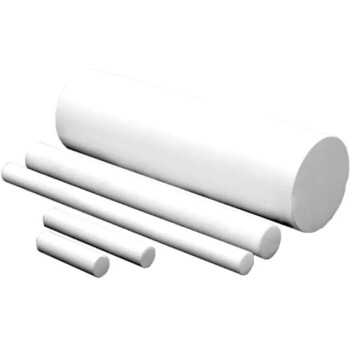
Boron Nitride (BN) Ceramic Rod for High Temperature Applications
Boron nitride (BN) rod is the strongest boron nitride crystal form like graphite, which has excellent electrical insulation, chemical stability and dielectric properties.

Hexagonal Boron Nitride HBN Thermocouple Protection Tube
Hexagonal boron nitride ceramics is an emerging industrial material. Because of its similar structure to graphite and many similarities in performance, it is also called "white graphite".
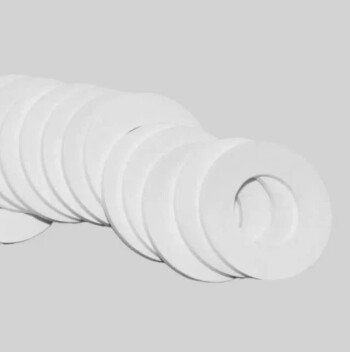
Hexagonal Boron Nitride HBN Spacer Cam Profile and Various Spacer Types
Hexagonal boron nitride (HBN) gaskets are made from hot-pressed boron nitride blanks. Mechanical properties similar to graphite, but with excellent electrical resistance.

Conductive Boron Nitride BN Ceramics Composite for Advanced Applications
Due to the characteristics of boron nitride itself, the dielectric constant and dielectric loss are very small, so it is an ideal electrical insulating material.

Alumina ceramics have good electrical conductivity, mechanical strength and high temperature resistance, while zirconia ceramics are known for their high strength and high toughness and are widely used.

Zirconia Ceramic Gasket Insulating Engineering Advanced Fine Ceramics
Zirconia insulating ceramic gasket has high melting point, high resistivity, low thermal expansion coefficient and other properties, making it an important high temperature resistant material, ceramic insulating material and ceramic sunscreen material.

Precision Machined Silicon Nitride (SiN) Ceramic Sheet for Engineering Advanced Fine Ceramics
Silicon nitride plate is a commonly used ceramic material in the metallurgical industry due to its uniform performance at high temperatures.
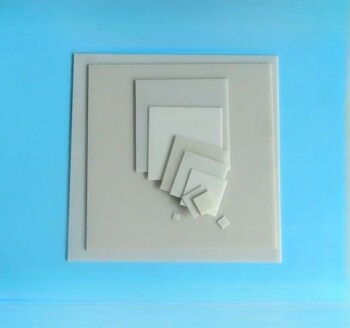
Advanced Engineering Fine Ceramics Aluminum Nitride (AlN) Ceramic Sheet
Aluminum nitride (AlN) has the characteristics of good compatibility with silicon. It is not only used as a sintering aid or reinforcing phase for structural ceramics, but its performance far exceeds that of alumina.
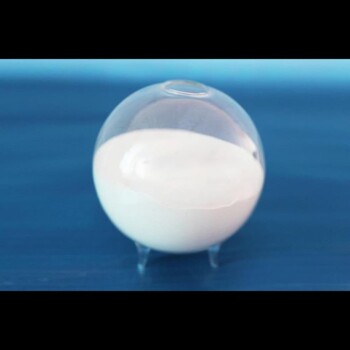
High Purity Alumina Granulated Powder for Engineering Advanced Fine Ceramics
Ordinary alumina granulated powder is alumina particles prepared by traditional processes, with a wide range of applications and good market adaptability. This material is known for its high purity, excellent thermal stability and chemical stability, and is suitable for a variety of high-temperature and conventional applications.
Related Articles

Hexagonal Boron Nitride: Enhancing Performance in Composite Ceramic Materials
Explores the role of h-BN in various composite ceramics, highlighting its properties and applications.

Guidelines for the Use of Boron Nitride Crucibles
Instructions on the proper use, precautions, and compatibility of boron nitride crucibles.

Structure and Properties of High-Temperature Engineering Ceramics
Explore the applications, structural features, and performance advantages of high-temperature engineering ceramics across various industries.

Comparison of Pyrolytic Graphite and Pyrolytic Boron Nitride Crucibles
A detailed comparison of pyrolytic graphite and pyrolytic boron nitride crucibles, focusing on their preparation processes, characteristics, and applications.

CVD Diamond: Superior Material for Optical Windows
Explores the exceptional properties and applications of CVD diamond in optical windows.

Entropy and the Alumina Tube: The Art of Precision Maintenance
Discover the disciplined approach to cleaning alumina furnace tubes. Learn how to prevent thermal shock, remove residue with acid, and extend equipment life.

How to replace the rubber ring of isostatic press and what precautions should be taken
How to replace the rubber ring of isostatic press and matters needing attention.